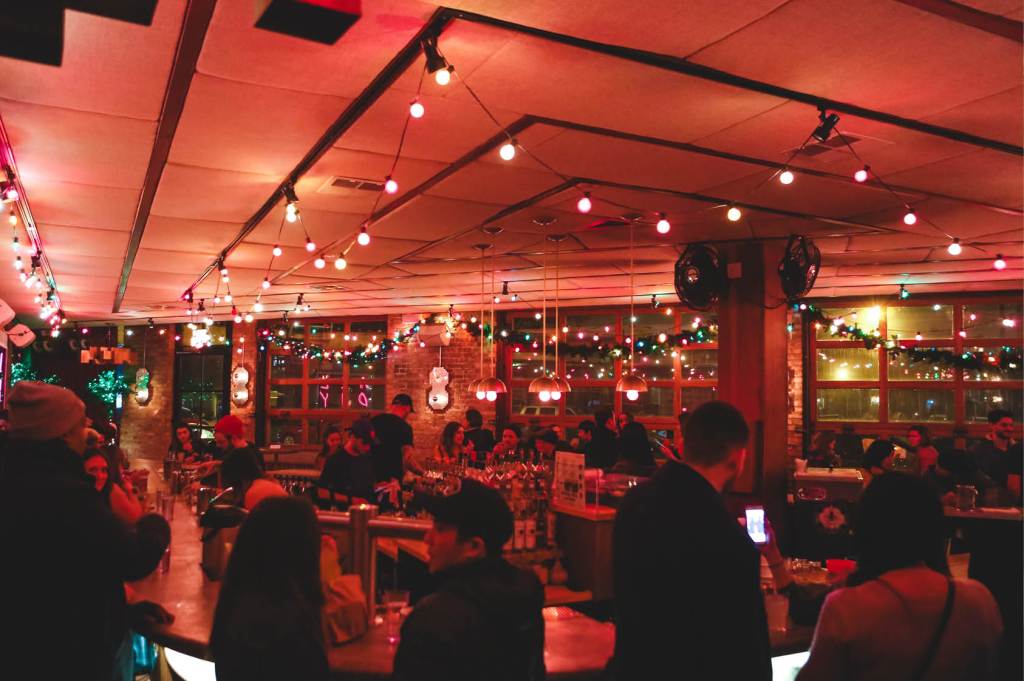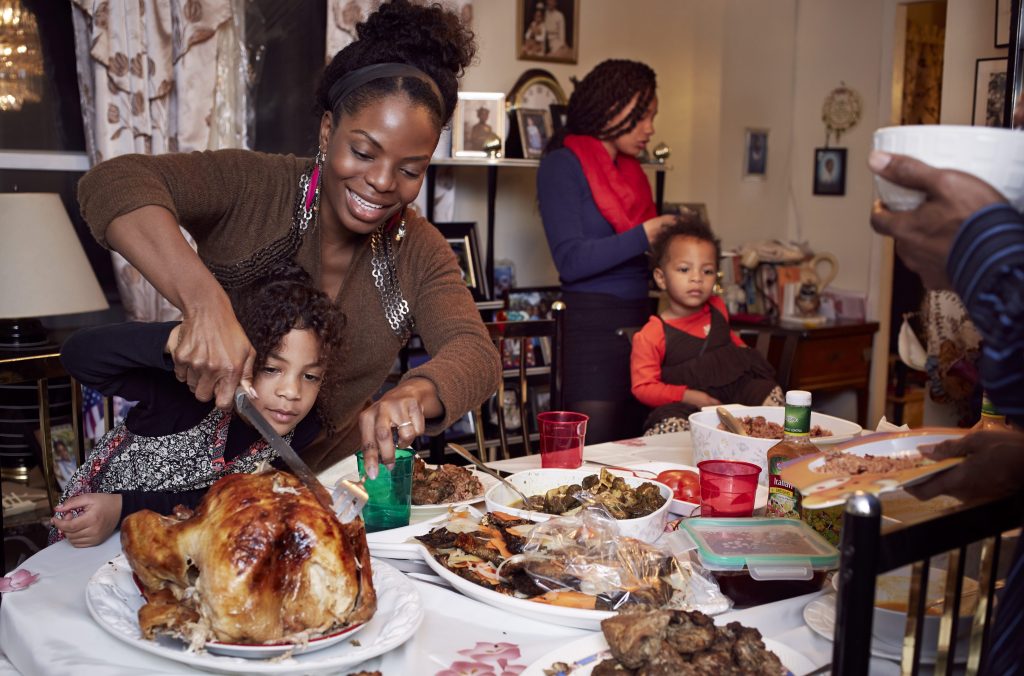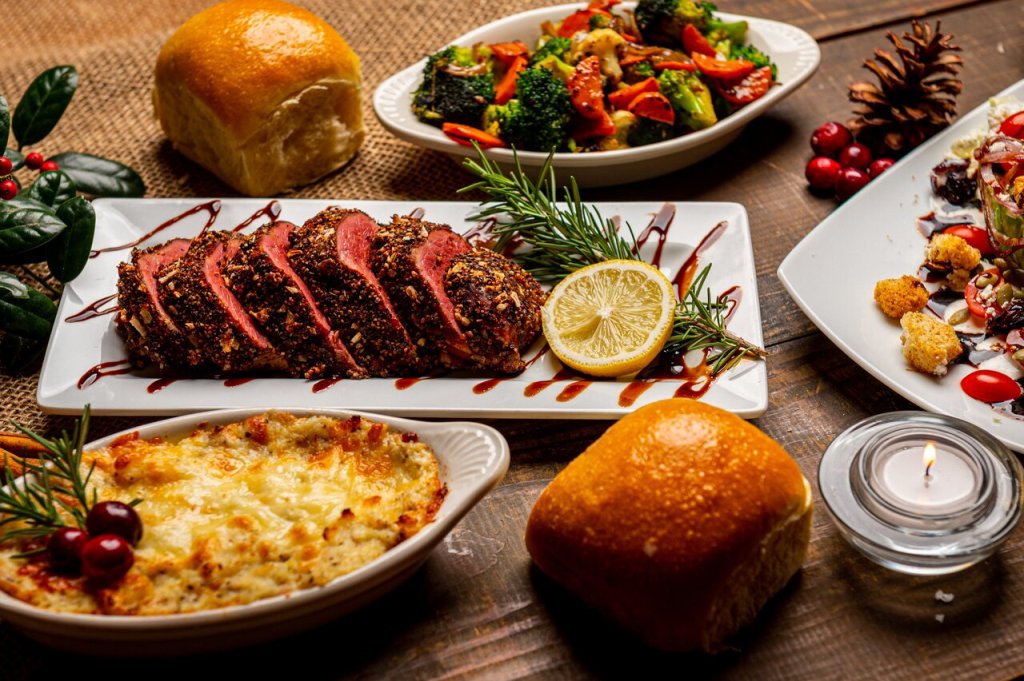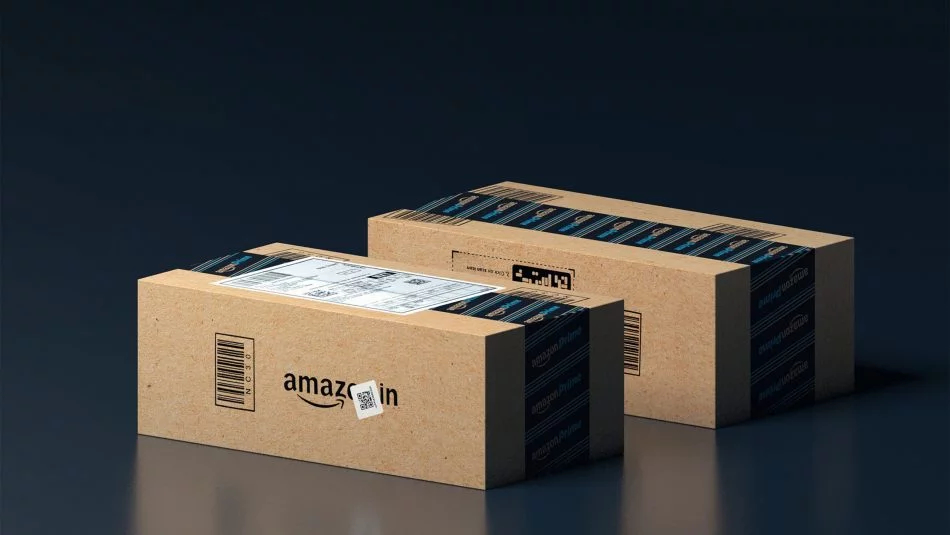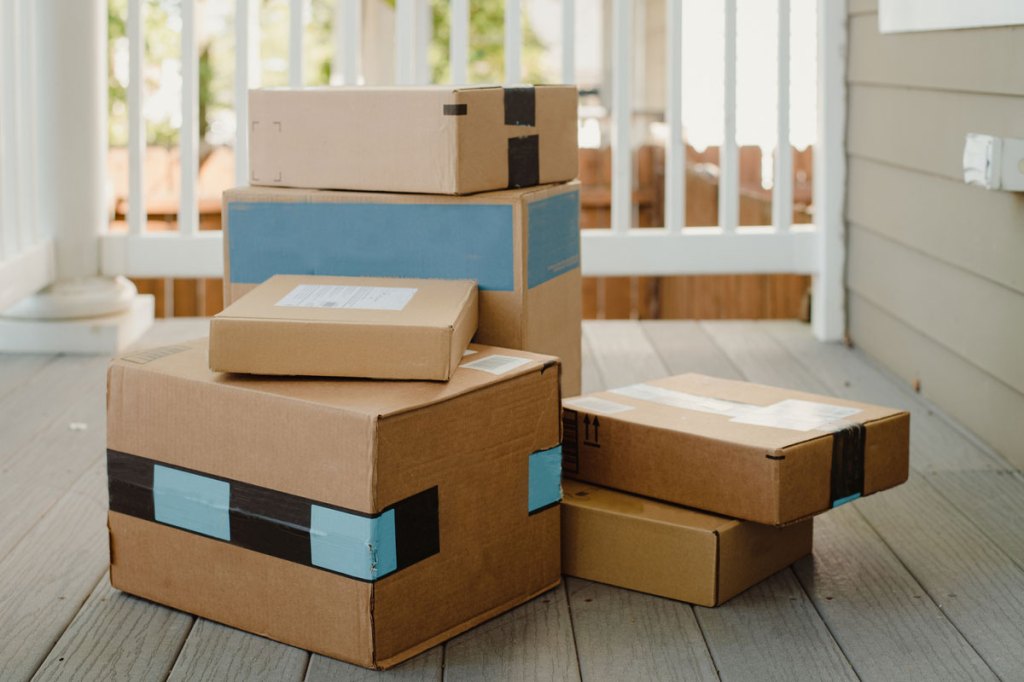
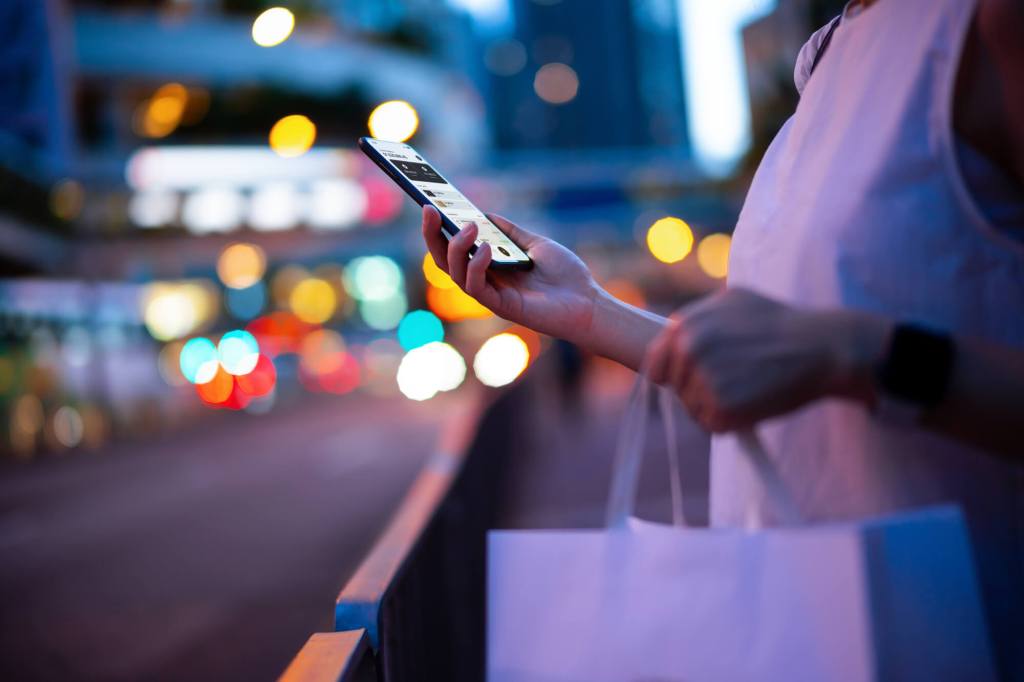
Seasonal Shopping Insights
Discover the growth opportunities that commercial, seasonal, and other special shopping occasions can deliver for your brand.
Select your industry below, and talk to one of our experts
To get the Full View™ of consumer buying behavior, Consumer Packaged Goods and Tech & Durables manufacturers and retailers need to closely monitor what happens during seasonal, cultural, and regional shopping events.
These occasions—often holiday-driven—are more than just seminal moments to boost sales. They present an opportunity to determine if pricing, promotion, and other retail strategies are paying off for different industries, in different regions, across different consumer demographics. They serve as periodic signposts that chart consumer behaviors and preferences as trends play out in a constantly evolving market. And they offer an opportunity to observe how key cultural and regional differences affect sales.
To succeed in today’s global omnichannel environment, manufacturers and retailers must understand what drives consumer behavior and exceed consumer expectations at every point along their path to purchase.
Consider NIQ’s Seasonal Shopping Insights hub your source for the latest market performance data and insights to empower tomorrow’s growth. Bookmark today—and revisit often!

The Ultimate Guide to Omnichannel
To earn consumers’ business, brands must deliver a seamless customer experience across seven omnichannel touchpoints.
Latest Content

Analysis
Black Friday unwrapped: How this key shopping event impacts global T&D sales
NIQ’s Holiday Shopping Index reveals where, what, and how much consumers spent while offering insights on future Black Friday sales trends and holiday shopping behavior.
25 November 2025
Commercial Shopping Events
Black Friday & Cyber Monday

From Discounts to Premium: How November Became Tech’s Biggest Sales Season
November is the new Black Friday – Sales momentum starts early November, with Singles’ Day as a key growth spike, signaling extended promo periods across multiple markets.

Cyber 5 Snapshot: A Successful eCom Event Launches the Full Holiday Shopping Season
Cyber 5 has become a cornerstone of the holiday shopping season. This year’s performance underscores the strength of eCommerce growth and highlights key shifts in category and merchant dynamics that will shape strategies for the months ahead.

Analysis
Cyber 5 Preview: eCommerce Impacts the Holiday Shopping Surge
“The term ‘Cyber 5’ reflects the extended promotional period that defines today’s holiday shopping environment and underscores the importance of eCommerce within it. Retailers and brands should not overlook eCommerce during this time, as online sales volumes have scaled substantially
across many categories and increasingly influence in-store behavior.
17 December 2025
Prime Days
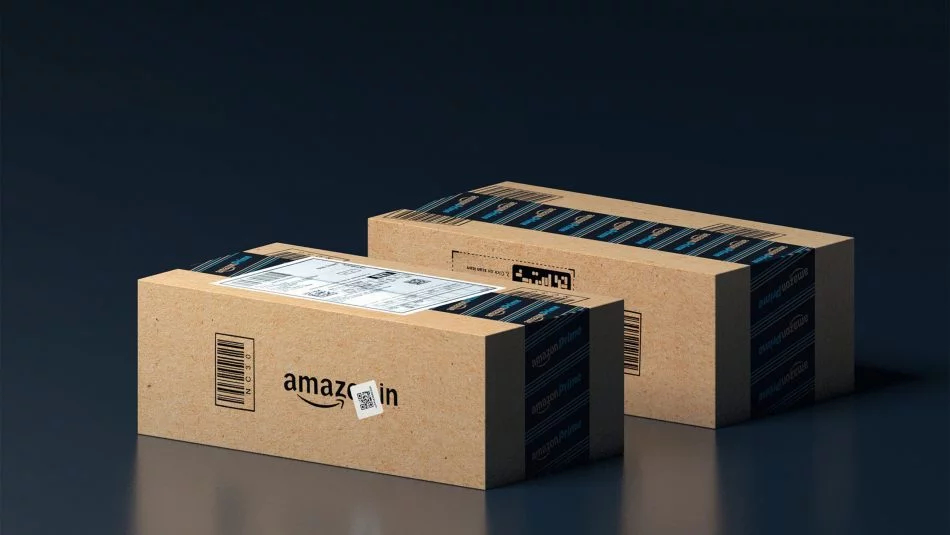
Infographic
Prime Big Deal Days: The Unofficial Start of the Holiday Season
“Amazon launched Prime Big Deal Days four years ago as a strategic extension of Prime Day, aiming to replicate its success with a second, curated shopping event.
29 July 2025
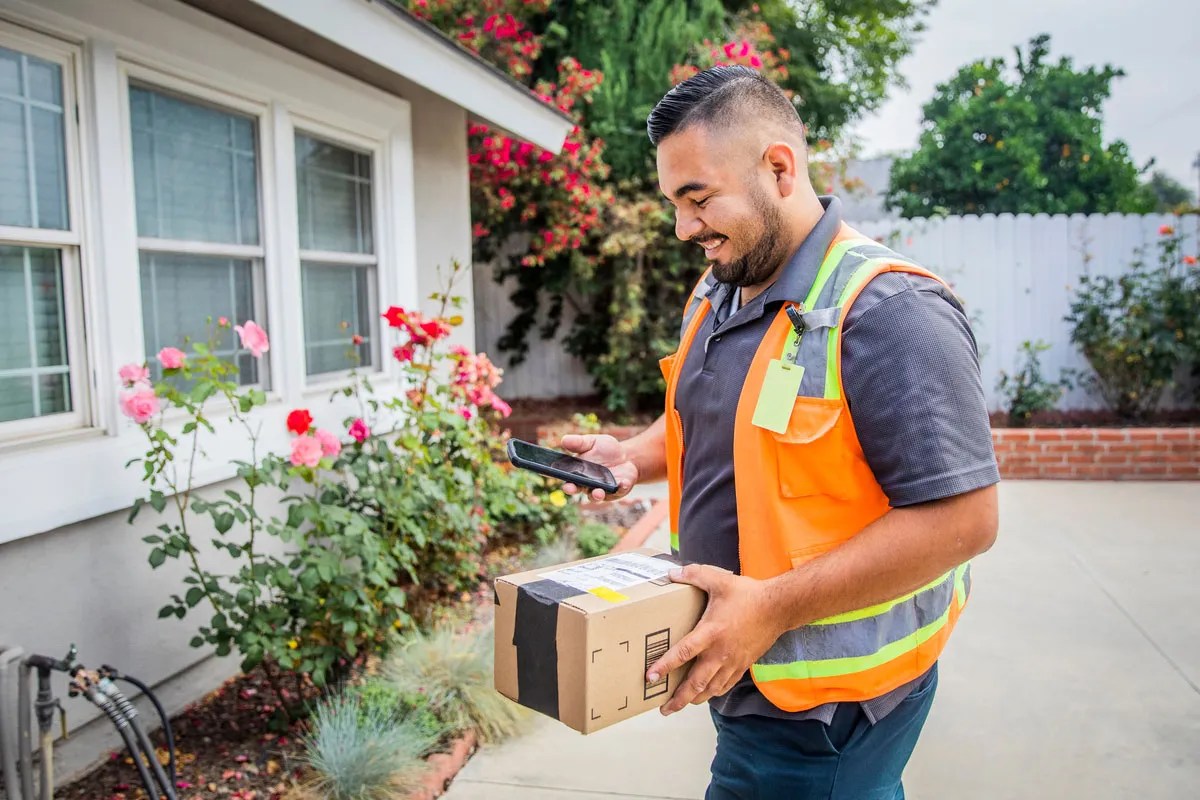
Analysis
Prime Day 2025: What happened and what to do next
Prime Day 2025 is officially in the books. Now comes the real work: understanding what worked, what didn’t, and how to sharpen your strategy for the next big moment.
28 May 2025
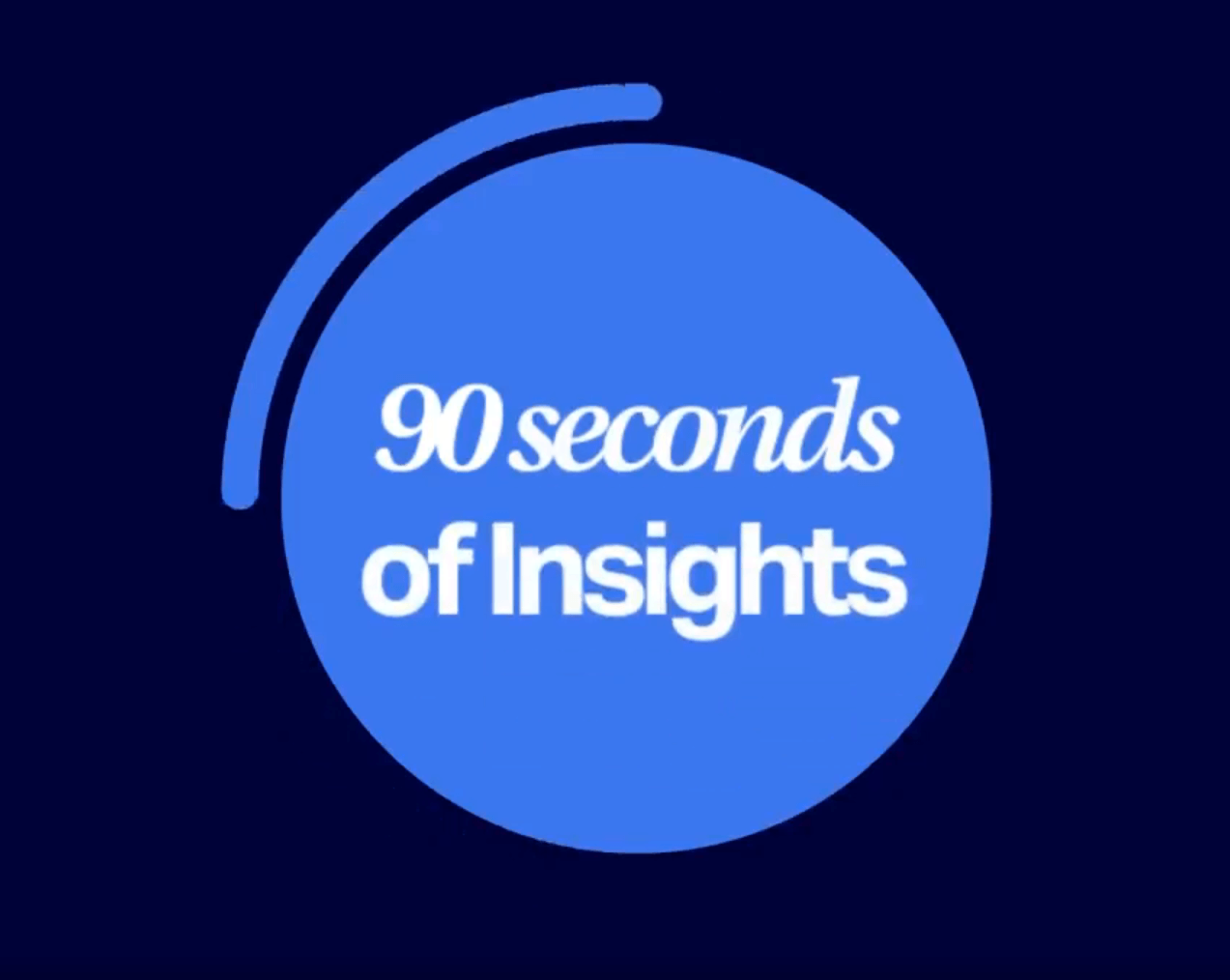
Video
90 seconds with NIQ: Prime Day 2025
Jack O’Leary, NIQ’s Director of eCommerce Strategic Insights, shares initial observations about shopping behavior during Amazon’s Prime Day event.
14 April 2025

Analysis
Prime Day 2025: What you need to know
Bigger, Longer, Stronger. Amazon has doubled the length of Prime Day 2025, extending the event to mirror other major retail promotions and capture early summer demand – set to drive massive engagement—especially for manufacturers and competitors.
14 April 2025
Festive Seasons: Cultural & Religious
Thanksgiving

Analysis
Setting the Thanksgiving Table: How U.S. Consumers Will Celebrate, Spend, and Save for 2025
Thanksgiving remains one of America’s most enduring traditions, celebrated in nearly every household across the country. In fact, in 2025, 92% of U.S. consumers say they plan to mark the holiday in some way.
09 October 2025
Christmas

Gift of Insight UK (Part 3): The First Four Weeks of Christmas 2025
With just over a month to go until Christmas Day, the UK’s “Golden Quarter” is underway and the early signals are clear: shoppers are holding off on spending and affordability remains front‑of‑mind. As retailers and brands build momentum into December, the first four weeks provide a crucial read on what we can expect. Here are some key takeaways.

Gift of Insight series UK (Part 2): Amazon Big Deals Day – The Event That’s Changing Holiday Shopping
The holiday season is upon us and many consumers will have started their Christmas shopping already with Amazon’s Big Deals Day event, which happened on the 7th and 8th October 2025. Strategically placed ahead of Black Friday, this event is reshaping how consumers plan, shop, and save for the festive season. Here are some key takeaways.

Gift of Insight UK (Part 1): Gearing Up for Christmas 2025
With Christmas right around the corner, retailers and brands are entering the most critical trading period of the year. Christmas 2025 falls on a Thursday, setting the stage for extended celebrations that could stretch well into the weekend. But while the festive spirit promises opportunities, the backdrop is more complex than ever. Here are some key takeaways.
Halloween

Halloween 2025: Adapting to a Season of Frugality and Flexibility
Halloween remains a bright spot for U.S. shoppers—75% plan to buy by mid-October. It’s a key moment for brands to deliver joy, creativity, and value. Success lies in offering products that feel fun and festive, without stretching budgets.
Ramadan

Ramadan 2025: 30 Days. 30 Insights. Smarter Decisions.
Ramadan drives distinct shifts in FMCG and Tech & Durables shopping. Consumers prioritize value, promotions, and timely offers—making it a critical window for brands to act. With the right strategy, businesses can turn seasonal demand into lasting impact.
Seasonal Shopping Occasions

Analysis
Back to School 2025: Consumer Shifts Brands and Retailers Can’t Ignore
Back-to-school 2025 blends digital and physical retail, as parents and students seek both value and self-expression. Success depends on aligning marketing…
29 July 2025

Analysis
Father’s Day
When shopping for Father’s Day, most consumers buy for their dads—but many also pick up gifts for spouses, relatives, and friends. Brands that reflect this broader gifting mindset in their product mix and messaging can connect…
28 May 2025

Analysis
Mother’s Day
Mother’s Day remains a major retail moment, with most FMCG purchases happening in the weeks leading up to the holiday. Shoppers browse across digital and physical channels before buying…
14 April 2025

Total Visibility. Smarter Growth.
From in-store to online to social, NIQ’s Omnichannel Commerce solutions deliver unmatched visibility across CPG, Tech, and Durables. Understand where you stand today—and how to grow tomorrow—with precise omnichannel measurement.
Talk to our experts

